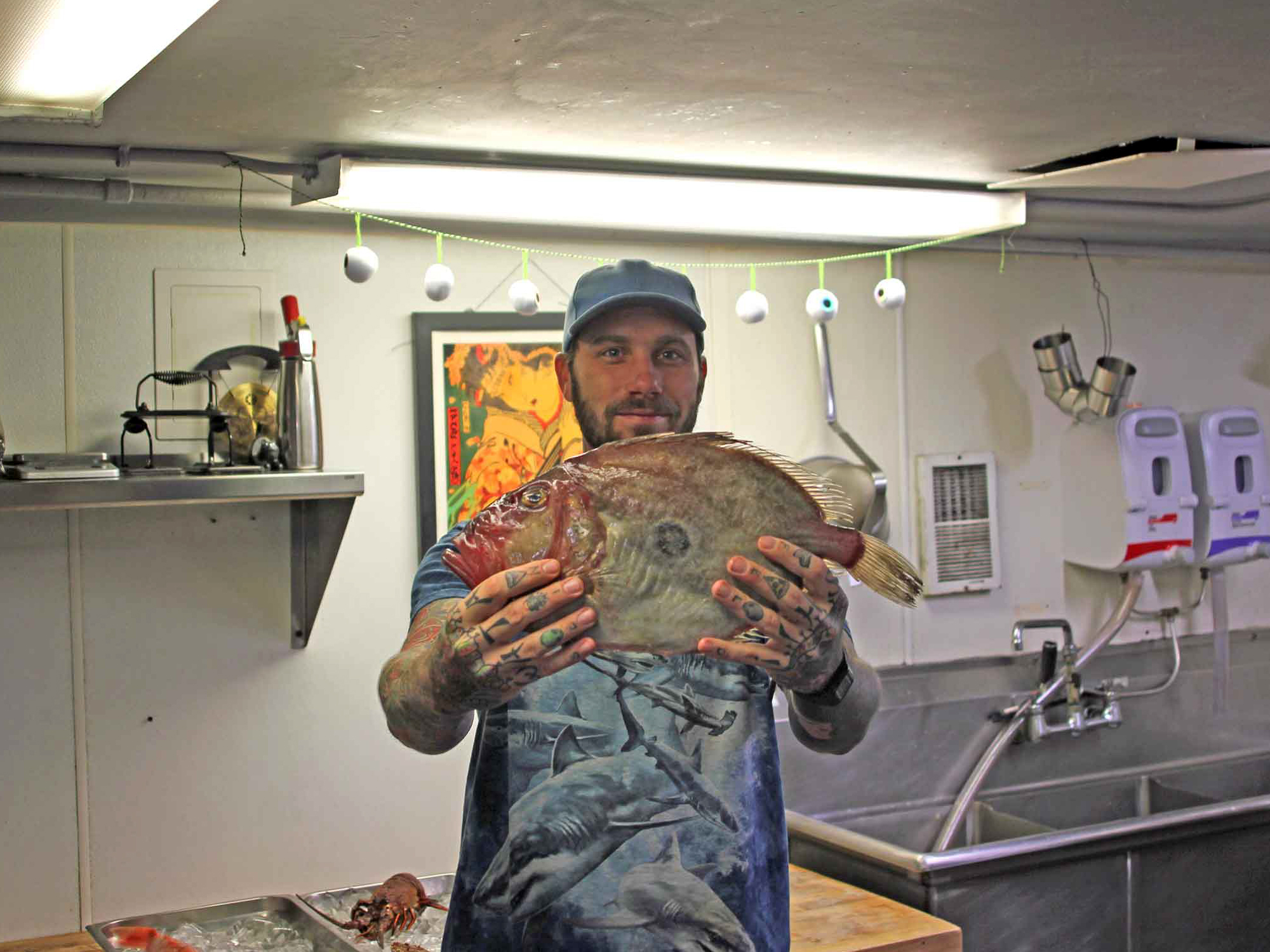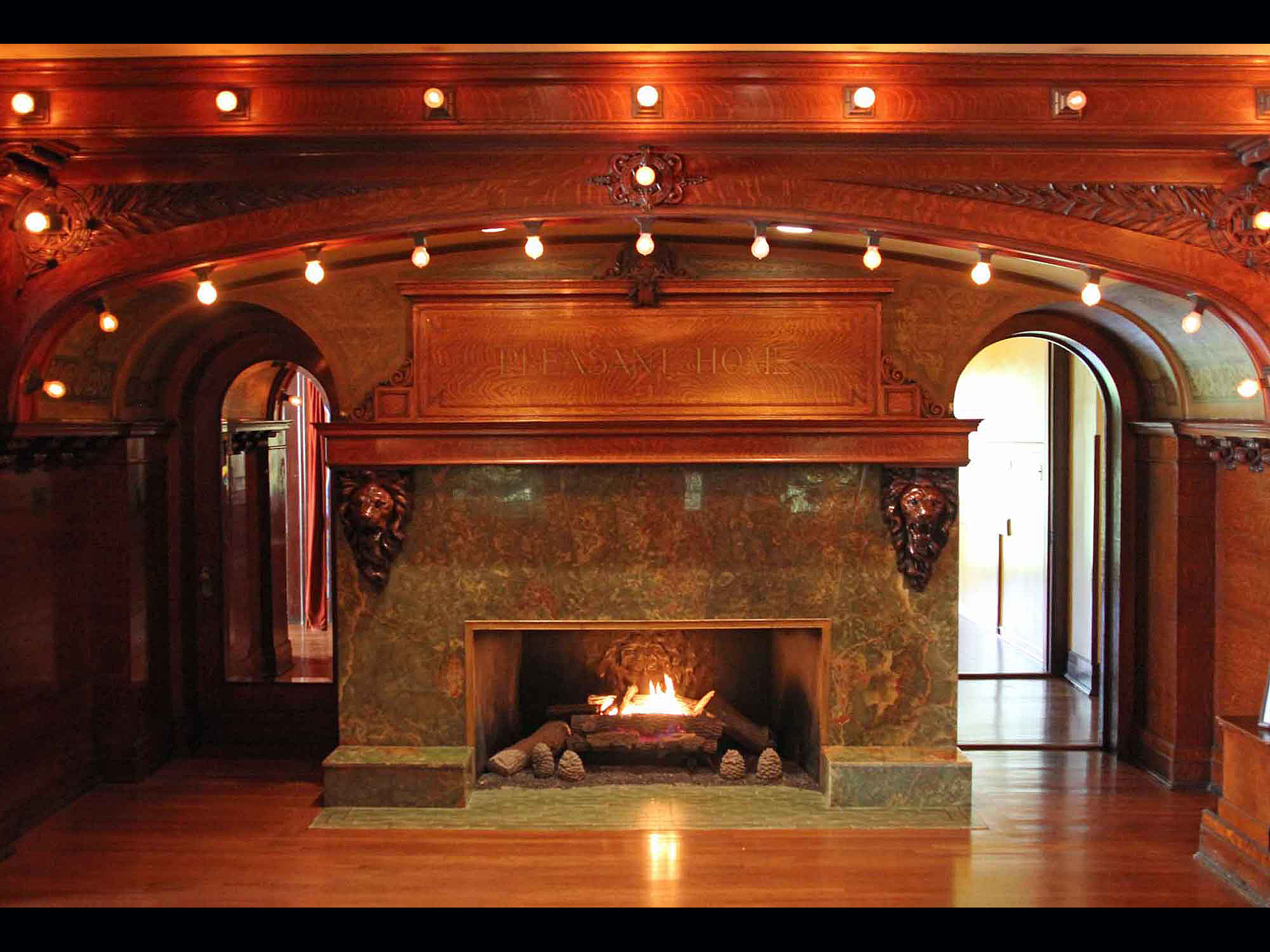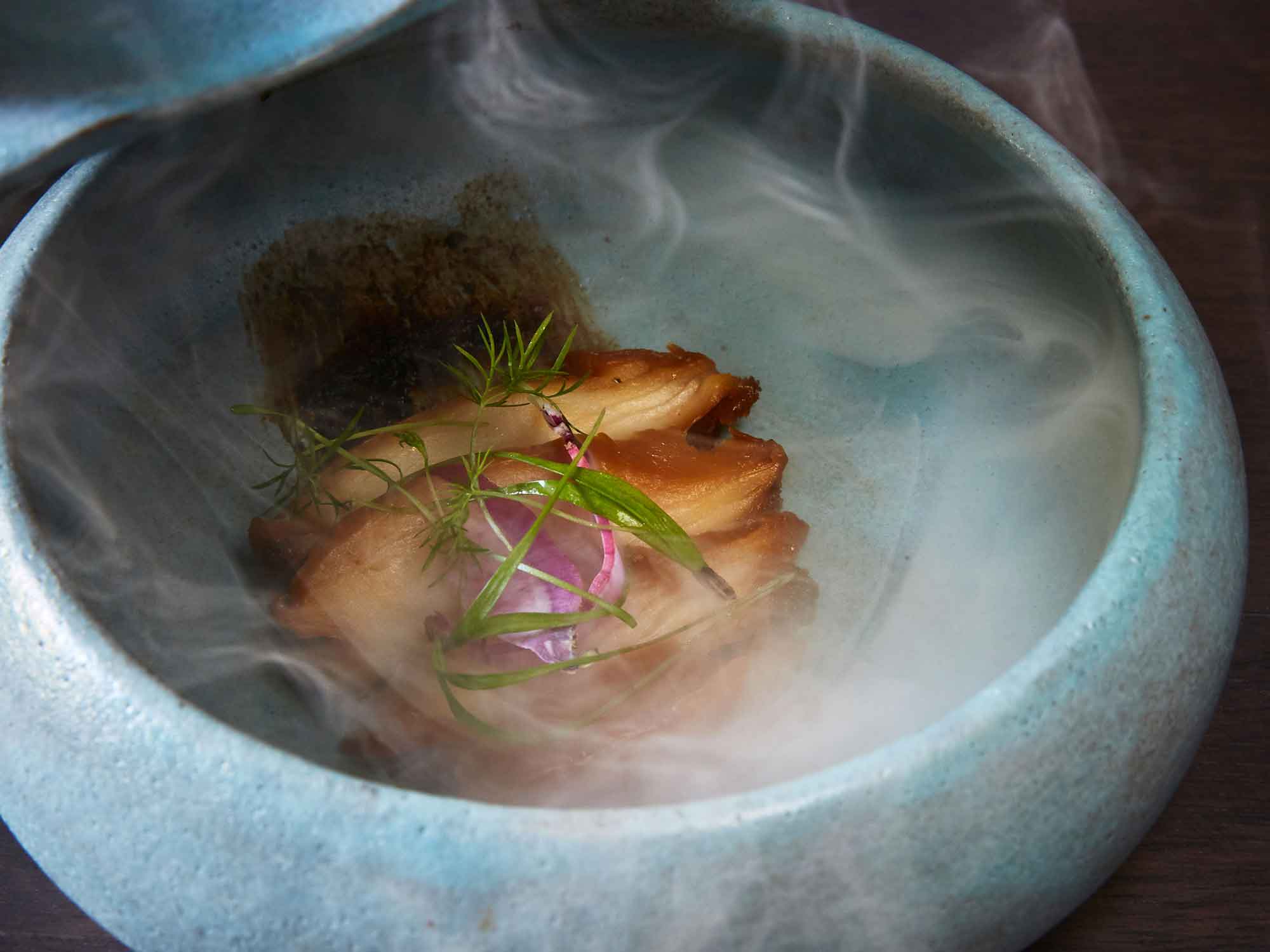THE NEW 2020 EDITION OF THE FOODITOR 99 is now available for order at Amazon—go here for the paperback, just $7.99, and go here for the Kindle edition, just $1.99. Now in its fourth edition, it’s the Chicago insider’s guide to what’s really exciting on our dining scene right now—99 picks, with extended yet pithy reviews telling why to go there and just as importantly, what to order your first time for the best possible experience.
It’s a uniquely wide-ranging list, covering everything from high end dining to tacos and pizza, as well as food from all over the world. For an absurdly reasonable price, it gives you new places to check out every week. You can’t afford not to have it on your phone, your Kindle, or in your glove compartment or backpack! Order before midnight tonight!
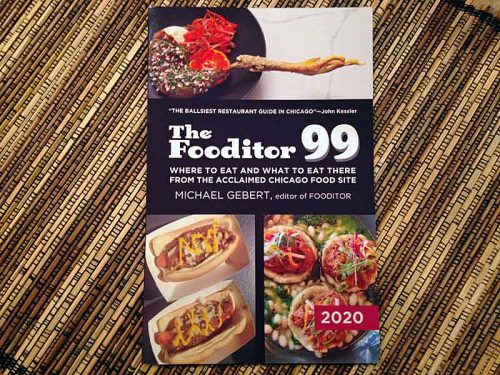
As I do every year, I interview myself, to see if I have anything new to say about Chicago’s dining scene or how I arrive at these 99 choices. And I always do, so here goes:
So you’re at it again, huh? What’s the big difference this year? Popeye’s chicken sandwich is number one or something?
No, hardly, I don’t do chains. (Though I have driven up to my son’s college enough to appreciate the even spacing of Culver’s between here and Minneapolis.)
It’s been an incredible restaurant year; so many interesting things have opened this year. I’ve been running all year to try things I spotted or heard about—almost half the book is places that opened new this year. And for that reason, I kind of changed what the book is for.
Three years ago, it started out being kind of a best of Chicago. Though even then, I left out certain places that would probably belong on a literal best of, but were already in plenty of other guide books. I mean places from Spiaggia to Girl and the Goat to Johnnie’s Beef—all restaurants that are well known and busy already. They can take care of themselves, I preferred to save that room for cool little places everybody hadn’t heard of.
But this year I really wanted to talk about all these brand new places that opened. So, I got ruthless and kicked some favorites out. For instance, there was so much good new Indian food that I said goodbye to my beloved Khan BBQ. That, and I was just kind of tired of running the same review from the first edition for another year.
The plan was always to change about a third of the book every year, but this one is closer to half, not only because of entirely new restaurants but also because I wrote new reviews for a lot of existing places. There’s a long new review for Kyōten, based on how it has evolved between my first visit when it had just opened versus going last summer. There’s a completely new one for Elizabeth, which really wowed me in September. There are new ones for places where the chef has changed, like Band of Bohemia or Le Sud. And so on.
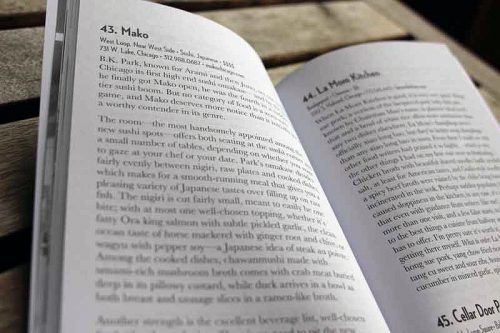
I also found my reviews getting longer and more detailed, though they’re still pretty pithy—I try to get to the essence of a place, not just go through the menu item by item, and if I can do that in a couple of sentences, I do. Even so, it’s ten pages longer than last year’s. I really kind of didn’t have a life in October, finishing it all up.
So what is it that you’re so excited about this year?
For me, this was a year that showed how much Asian food—which is to say, young Asian cooks—are changing and defining our scene.
Michelin just saw this in terms of sushi and omakase, and even then they kind of bungled it on their specific choices (their reaction to Kyōten was just bizarre). But as much as I like that side of it, we’re talking about much more than $200 Japanese meals—Asian food exploded on every level.
You have Korean, with Jeong and Passerotto, Perilla and SojuBBQ. (Not all of these made the book, but they’re all places to be happy about.) You have a ton of new Chinese places, like I wrote about in this piece. Filipino food continues to blossom. South Asian, Indian, saw an explosion of creativity and places trying to do higher level cooking. Turkish is all over Lakeview. And so on and so on.
I try to get to the essence of a place, not just go through the menu item by item. And if I can do that in a couple of sentences, I do.
And of course there’s Asian influence all over the city, so much that when you don’t find it, it’s kind of notable, as Tony Mantuano and I talked about. The last two James Beard awards for Best Chef Great Lakes have gone to mid-priced Asian-fusion neighborhood restaurants near Avondale (Parachute and Fat Rice). That, to me, defines what is interesting (and cool) about our city right now, at least as much as the West Loop does.
It’s happening in Chinatown, in West Town, in Logan Square, in a CTA station on Western. So I really devoted myself to trying it at every level, and you see that in the book’s choices, for sure. (Not that the book is all Asian by any means—there’s lots of Mexican, there’s a lot of new pizza in the book this year—it has everything.)
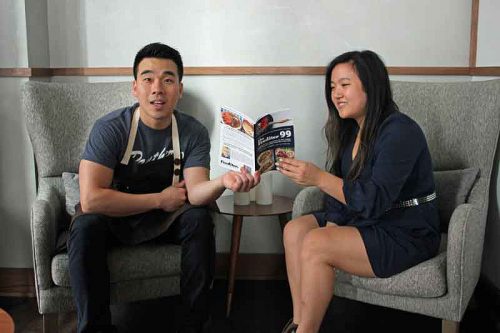
“He said WHAT about Jeong?”
You’re stressing it being all over town. Does that mean you’re down on the West Loop, like food media has been, somewhat?
No, not at all, it’s one of the best-represented areas in the book, as is Logan Square. And also, it has restaurants that I feel like people are going to want to hear my take on—well, at least, it has restaurants that I want people to hear my take on.
So part of the book is always covering the best and best-publicized of the new places that opened this year—putting down on paper what I think a place like Jeong or Galit or Kumiko is about, why they’re not only worth trying but the specific ways in which they’re advancing the local food scene in a particular direction. Writing about those big names is bound to be skewed toward certain neighborhoods, obviously.
But I do think focusing on the West Loop as being Chicago dining is kind of why we’ve gotten some of this press we have about Chicago dining being boring, or over. So I do want to demonstrate that we’re not just big barn-sized upscale restaurants on Randolph, even as they’re part of it. We’re also weird things you could not have guessed in a million years, like the late night Gujarati drunk food at Egg-O-Holic. Who could have seen that one coming?
There’s lots of media and restaurant reviewers out there, not to mention Yelp. Do we really need your book?
I’m sorry, did you just get out of a cryosleep vault from 2012? I have some bad news for you about how much serious restaurant reviewing is really happening in Chicago now.
I’ve been thinking a lot this year, about how there used to be capsule reviews of smaller, neighborhood places in so many outlets—I wrote plenty of them for both the Reader and Time Out, back in the day. And that’s basically over. In its place, I suppose, we do have all the Yelp and Google and whatever reviews. But I miss that middle ground of capsule reviews, which ensured that places of note out in the neighborhoods got a little professional writing about them.
Or they’ll get one review, but that’s the only word on them—there’s no dialogue. There’s a really good Filipino restaurant, Cebu, that has had exactly one review, by Maggie Hennessy at Time Out. Well, now it has two.
There’s always more out there to discover in our city. I do it, so that you can do it too. If you find anything great, let me know.
Go here to order in paperback, or here for Kindle (which allows you to read it on cell phones and tablets via Kindle software).
Michael Gebert is the editor of Fooditor and, by a remarkable coincidence, the author of The Fooditor 99.
Special thanks to Dave Park and Jennifer Tran of Jeong.
Latest
Join the Discussion
After you comment, click Post. If you're not already logged in you will be asked to log in or register with Disqus.





